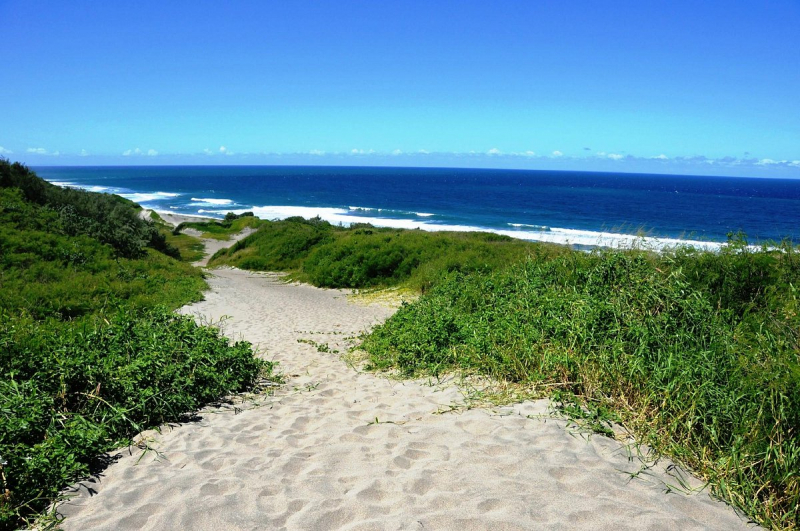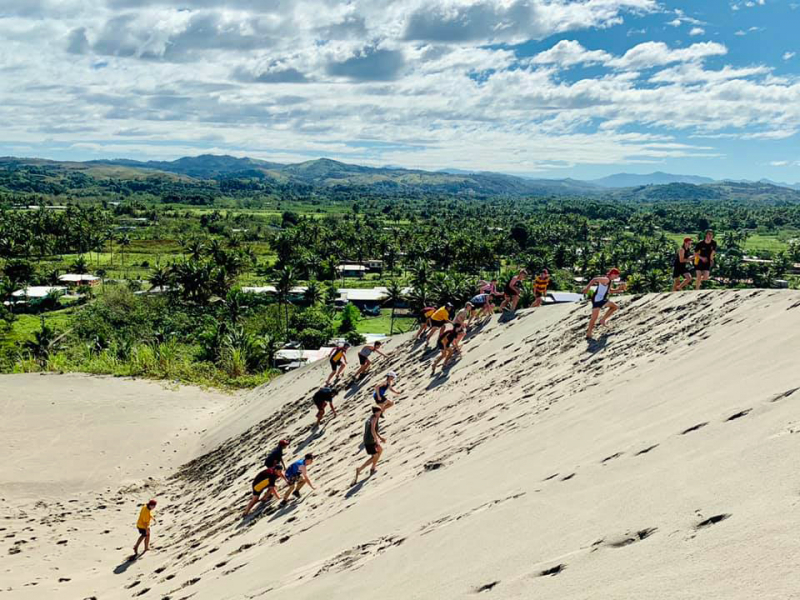Sigatoka Sand Dunes
The Sigatoka Sand Dunes are located right west of the mouth of Fiji's second-largest river, the Sigatoka River. They are the result of coastal dune formation and river erosion in the coastal hinterland. The vast dune system, which spans 650 hectares, is made up of a series of parabolic dunes of varying ages and activity.
Approximately half of the territory, particularly in the east, is insecure. Native forests and introduced herbaceous ecosystems make up the majority of the vegetation. One of Fiji's earliest reported prehistoric sites is located in the Sigatoka Sand Dunes. As pottery shards, stone tools, human remains, and other archaeological relics are revealed by natural processes, evidence of the past can be seen throughout the dune system.
Archaeological digs in the area have uncovered pottery fragments dating back over 2,600 years, as well as human bones. Archaeologists believe the first occupants of Fiji were the Lapita people, a prehistoric culture assumed to have lived in the Pacific, based on excavations. One of the largest burial sites in the Pacific is also located in this area. In July 1989, the dunes were recognized as Fiji's first National Park, and the National Trust of Fiji took over management. The dunes are now a popular educational and recreational destination for both locals and visitors. The dunes are a major source of archaeological objects and information for local and international colleges and archaeological institutes, in addition to being a popular tourist site.
Location: Yadua, Fiji













